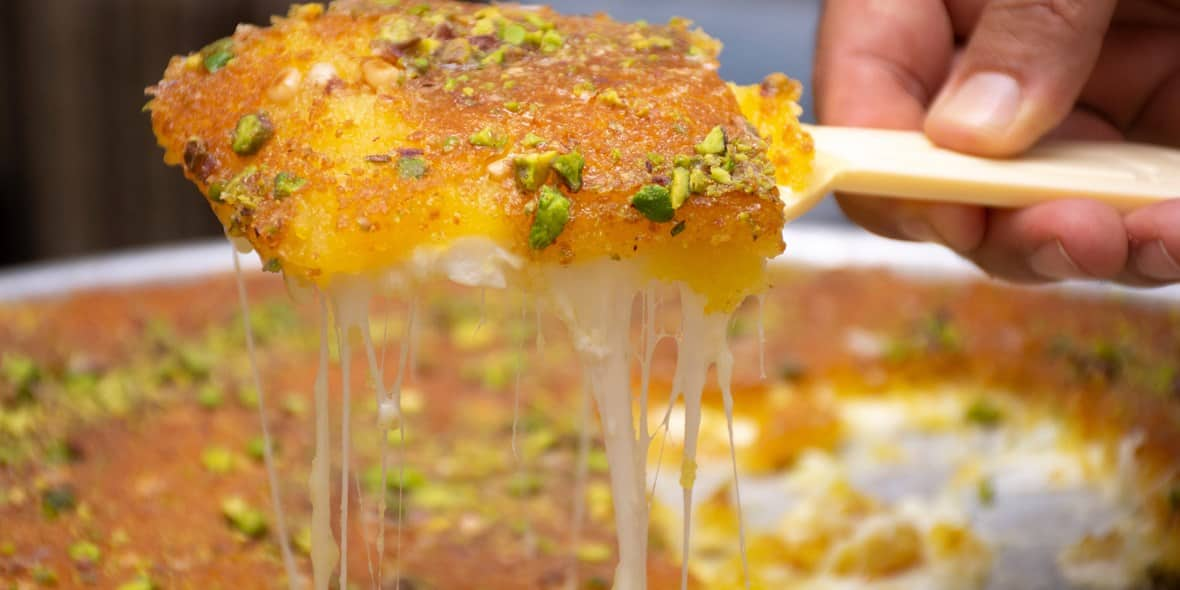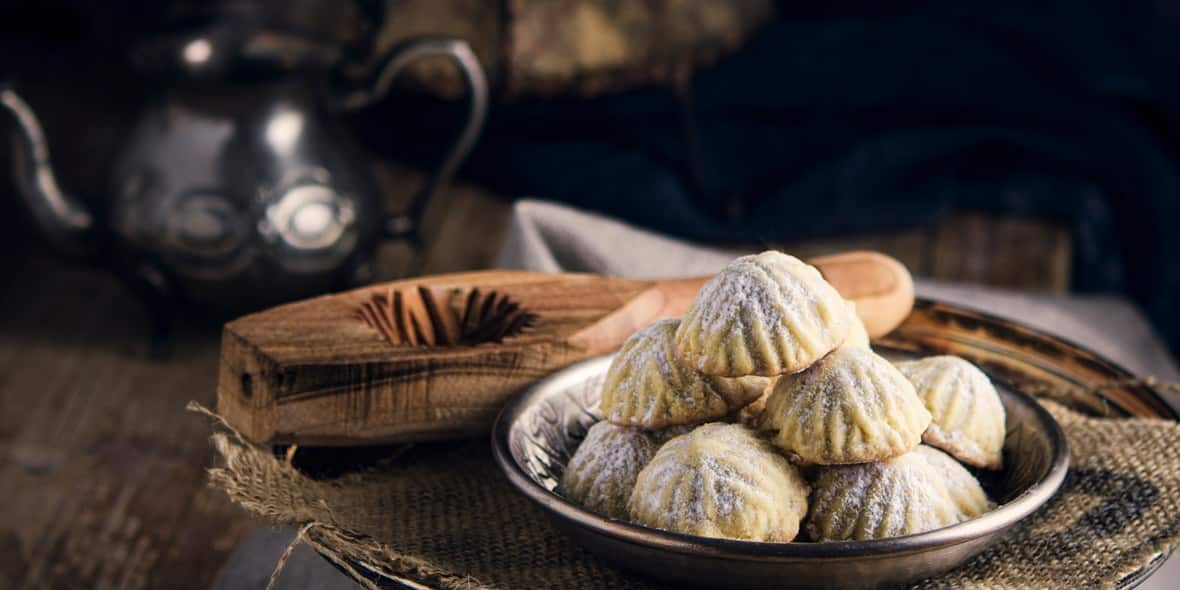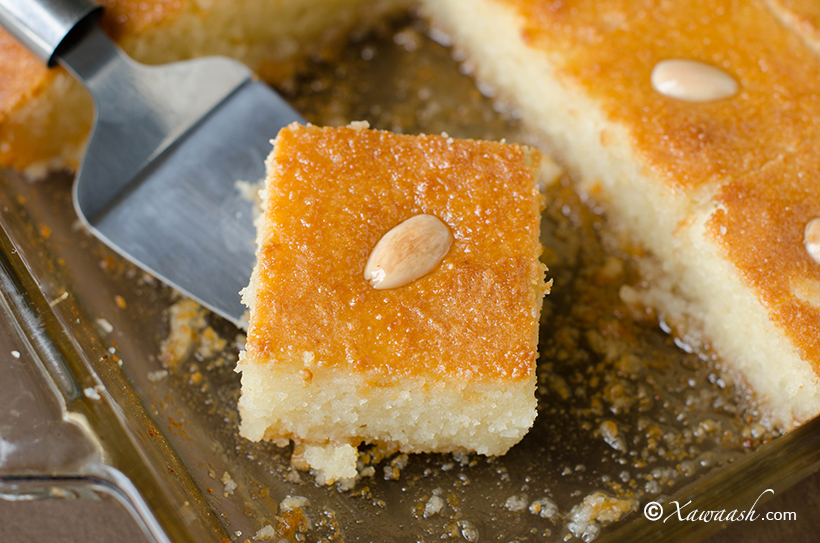Arabic Sweets and Desserts
slchld
Desserts are never missing from any holiday table or gathering, with many of these eaten during Eid and Ramadan. As big as the Arab world is, it is safe to assume that there are desserts aplenty. Of course, there are regional variations for all these sweets and desserts, but I have compiled a short list of the most popular (and my favourite) sweets and desserts!
Important #1
: I would love to see these as a region-exclusive premium stamp set
in the MENA countries. While there are regional variants of baklava and kunafah in Greece and the Balkans, there are more characteristic desserts from those countries that will not be mentioned in this list.Important #2
: This list is by no means exhaustive, and will not be entirely representative of all Arabic desserts. I have tried to pick the ones which are eaten in most Arab and Middle Eastern countries when making this shortlist but feel free to comment below if I have missed any prominent ones.Note that various spellings of these names exist
1. Baklava باقلوا / بقلاوة
Baklava is arguably, the most well-known Middle Eastern dessert. This layered dessert originated from the Ottoman empire and is made of filo pastry, filled with mixed nuts and sweetened with syrup or honey, and prepared in a large pan. It takes on many different forms and originated from the Ottoman empire. A quick search on this site revealed this has already been suggested for Turkey, so perhaps it will be kept off this stamp set and issued separately as a
premium stamp
, but a list about Arabic sweets and desserts is incomplete without baklava. 

2. Kunafah/Knafeh كنافة
This traditional dessert is made with spun pastry called
kataifi
and soaked in syrup. It is typically layered with cheese, and topped with clotted cream and other mixed nuts. The top layer is also typically coloured with red food colouring, when traditionally, it is baked for long periods of time. Variations of the dish include making the pastry using crushed vermicelli noodles or shredded filo pastry. The most popular variant of kunafah in the Middle East is kunafah nablusieh
( كنافة نابلسية ) which consists of mild white cheese and a shredded wheat surface, covered in sugar syrup. It is also eaten as a breakfast food.

3. Luqaimat/Lokma لقمة
Luqaimat, also known as
awameh
( عوامة ) or zalabya
( زلابيا / زلابية ), are deep-fried dough balls, soaked in syrup or honey. When fresh, they are crispy on the outside but soft and fluffy on the inside, and are often served as a pre-cursor to more substantial desserts. 
4. Ma’amoul معمول
Butter cookies filled with dried fruits, such as dates or figs, or nuts such as pistachios, walnuts or almonds. They come in various shapes are are typically served with Arabic coffee to guests who come to visit. While they are consumed all year round, they are most associated with the ending of Ramadan’s fasting.

5. Basbousa بسبوسة
Basbousa, also known as
hareesa
( هريسة ), nammoura
( نمورة ) or revani
, is a syrup-soaked semolina cake. It is baked in a sheet pan, soaked in syrup and can be served with nuts, heavy cream or plain, alongside different types of baklava. 
6. Umm Ali أم علي
Meaning “Mother of Ali”, this dish is the national dish of Egypt. Pastry is divided into pieces and blended with pistachios, coconut flakes, raisins or sultanas and plenty of sugar. Milk or cream is poured over the surface before being baked.


Sources
: Log In
WillowG.
Whole heartedly supporting this set of stamps!! And I salute you @
slchld for creating such a well-organized proposal!
christyauu
I think this would be a beautiful collection! Im curious to see what designs slowly would come up with.
Mar.wan
I like this idea. A big thanks fr sharing it and I hope that the admins will apply it, this would get more people introduced to the Arabic cuisine in general and its unique sweets.
slchld
Mar.wan: Thank you for the support! Yes I completely agree! What better way to introduce people to Arabic cuisine on Slowly than through stamps?
Scythero98
Brilliant idea. I hope this materializes in the future. I especially appreciate & love the inclusion of the Egyptian desserts. They're some of the most authentic and delicious desserts in the whole world.
You could also see the massive influence the Arab and especially the Egyptian desserts had on French pastry and other European cuisines.
slchld
Scythero98: Thank you for the support! They are certainly very delicious! I personally got very hungry writing up this post...
slchld
A huge thank you to Yann's Reddit post for the organisation tips!
Yann2
slchld: Ah, thank you, I am glad you found my Reddit post useful.
Beautiful job on crafting this post, well done. Good luck, these would make a nice stampset! 😎👍🍀🌟✨
slchld
Yann2: Thank you! I had wondered how some posts were formatted when there is no obvious text formatter... Very good to know that markdown works! 👍